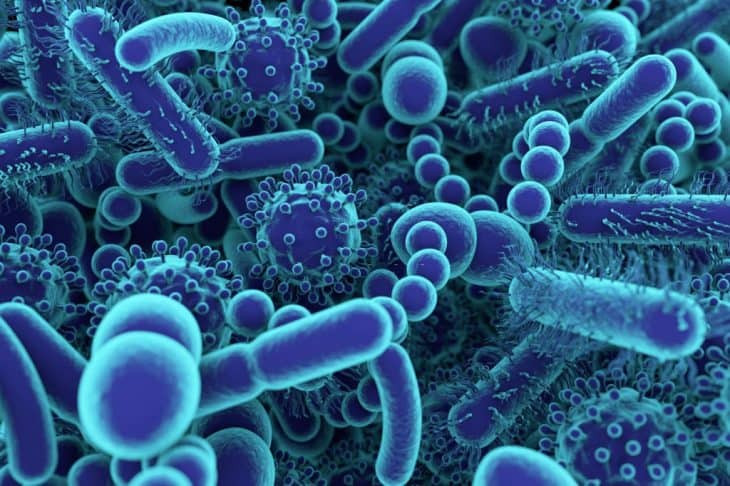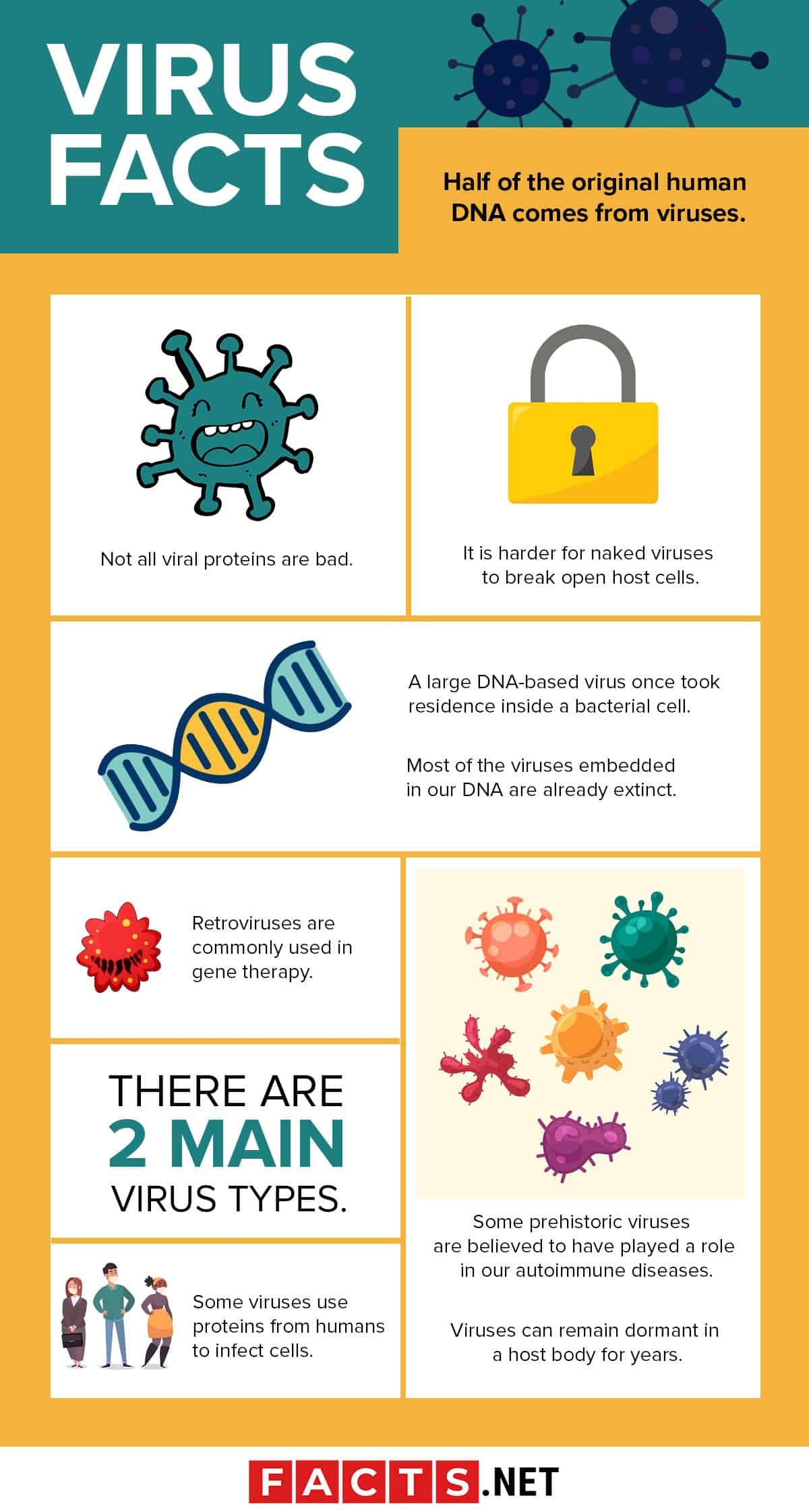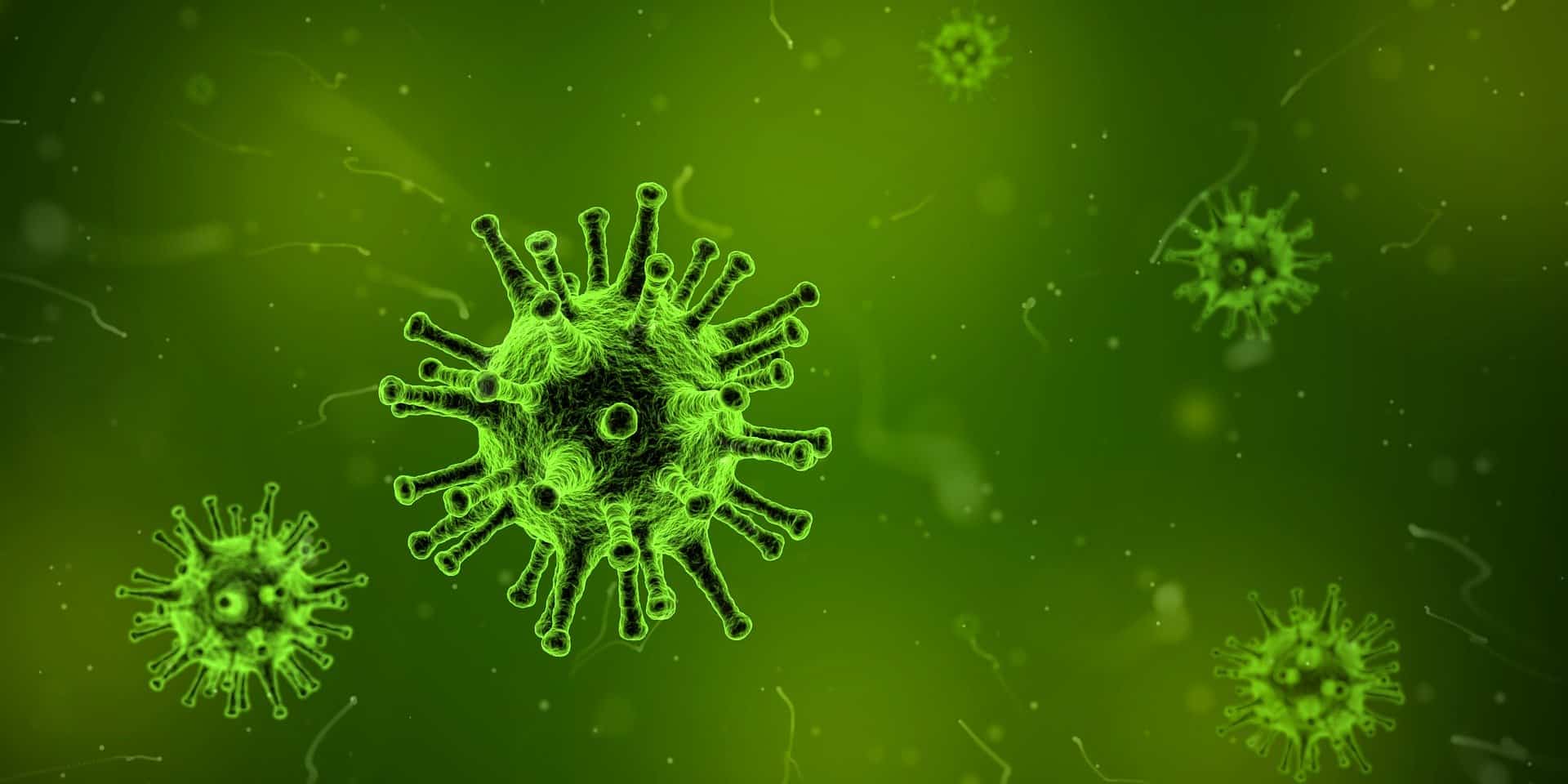
Getting sick is one of the most difficult things we go through in life. Whether it’s the flu or a more serious health disfunction, we try to do our best each day to avoid nasty viruses from entering our bodies. However, is taking mere vitamins enough to keep us safe? Take a look at these virus facts to find out.
- Without a host, a virus cannot survive.
- Viruses are not living cells.
- Virus comes from the Latin word that translates to poison in English.
- The Uber virus is now referred to as the Mimivirus.
- The Mimivirus mimics bacteria.
- A mimivirus contains more than 900 genes that encode proteins all other viruses manage.
- Some viruses sneak DNA into the bacterium through its sex appendage.
- While they aren’t alive, viruses can reproduce and have genes.
- Viruses evolve through natural selection.
- The Mamavirus is large enough to have its satellite virus, the Sputnik.
- The pneumonia outbreak in 1992 England leads to the discovery of a new virus lurking inside an amoeba in a cooling tower.
- Biochemist, Wendell Stanley purified tobacco mosaic virus and won a Nobel prize for it.
- Amoebas swallow big things to swap genes with other viruses.
- HTLV is being used to uncover the historical migration patterns of the virus.
- Some viruses can infect smaller viruses.
- Viruses can be translated to slimy liquid in Latin.
- The sex organ of a virus is called the pilus.
- The Mimivirus’s genome is twice as big as any other known virus.
- The Mamavirus is bigger than the Mimivirus.
- The Phoenix virus was a dud.
Virus Facts Infographics

Half of the original human DNA comes from viruses.

This then proceeds to infect and embed themselves into the egg and sperm cells of our ancestors. Our DNA is made up of around 100,000 viral DNA.
This makes up around 8% of the total human genome.
Not all viral proteins are bad.
Some of these viruses help the body during major developments such as pregnancy. Some viral proteins keep the woman’s immune system from attacking the baby while in utero.
Viral proteins are grouped into several categories such as regulatory, accessory, structural, and non-structural.
Most of the viruses embedded in our DNA are already extinct.
Most of these viruses have already gone extinct due to human evolution and changes in environments. Modern medicine also played a role in the extinction of these viruses.
If scientists were to revive any of these viruses, it could cause a major outbreak that humans won’t quickly heal from.
A large DNA-based virus once took residence inside a bacterial cell.
A scientific theory states that this phenomenon created the first cell nucleus over billions of years ago. If this is true, it would imply that humanity descended from a foundation of viruses.
However, despite the theory stating a DNA-based virus created the first cell nucleus, viruses themselves have no such thing.
Some prehistoric viruses are believed to have played a role in our autoimmune diseases.
The viral relics found in our genomes are believed to be the reason why we are immune to certain diseases. This includes certain cancer viruses as well.
It is harder for naked viruses to break open host cells.

Naked viruses refer to viruses that do not have a protein coating. This coating is referred to as a capsid.
This envelope is a determining factor in how a virus can enter and exit a host after it matures.
There are 2 main virus types.
A virus may contain either a single or double-stranded DNA basis for its genetic material. Some viruses also contain single or double-stranded RNA.
Additionally, their genetic formation is organized to form a straight strand. Others may also have circular molecules.
Viruses can remain dormant in a host body for years.
Viruses undergo multiple life cycles. The virus enters the host by fusion with other cells.
This causes the host’s cells to replicate the virus DNA and grow. This cycle repeats until it takes over the entire host’s system.
Retroviruses are commonly used in gene therapy.
Retroviruses contain RNA. This virus replicates its genome by using an enzyme known as reverse transcriptase.
The enzyme then converts the virus into something that can be integrated into the host DNA. These viruses are important because they can insert genes into human chromosomes.
Some viruses use proteins from humans to infect cells.
An example of this would be the HIV and Ebola viruses. The viral capsid both contains viral proteins that are disguised.
This is hidden by the human proteins which keep it hidden from the body’s immune system.
Was this page helpful?
Our commitment to delivering trustworthy and engaging content is at the heart of what we do. Each fact on our site is contributed by real users like you, bringing a wealth of diverse insights and information. To ensure the highest standards of accuracy and reliability, our dedicated editors meticulously review each submission. This process guarantees that the facts we share are not only fascinating but also credible. Trust in our commitment to quality and authenticity as you explore and learn with us.


